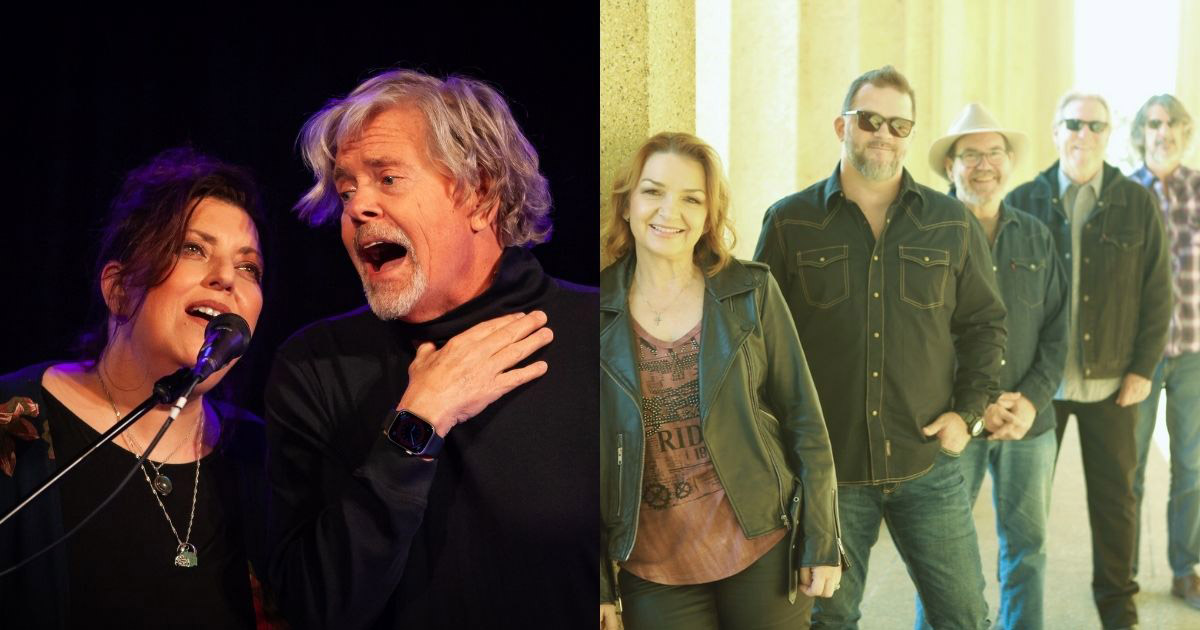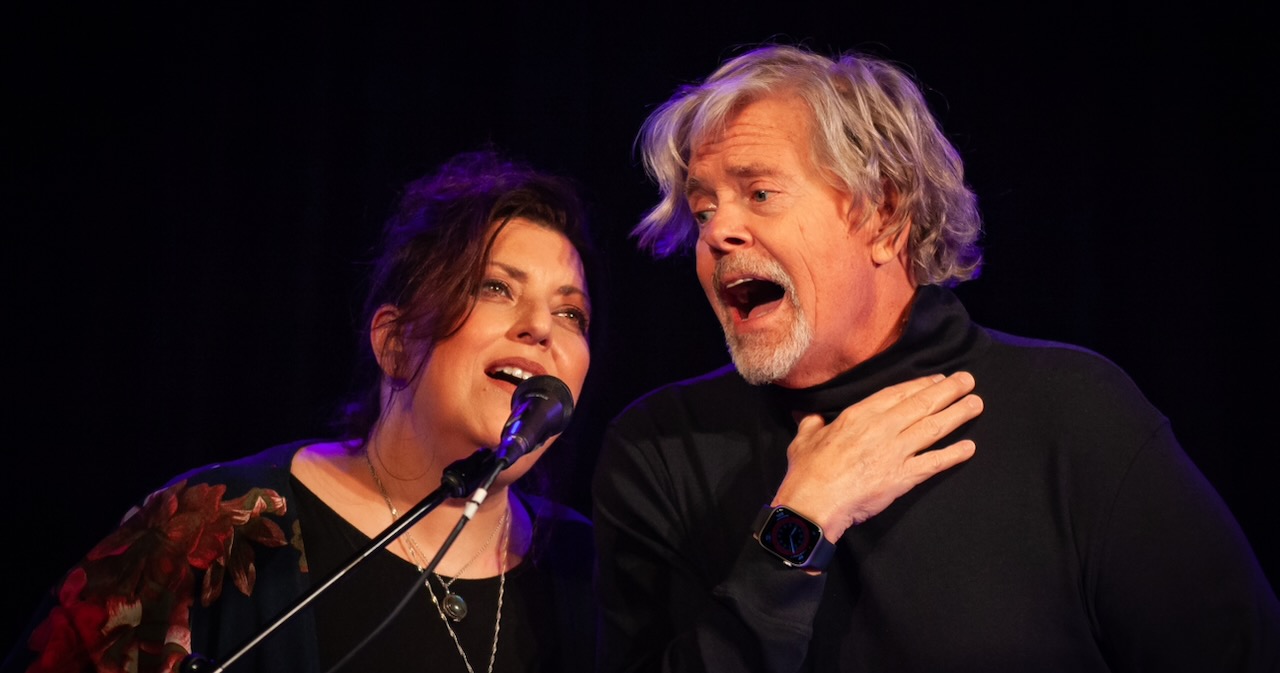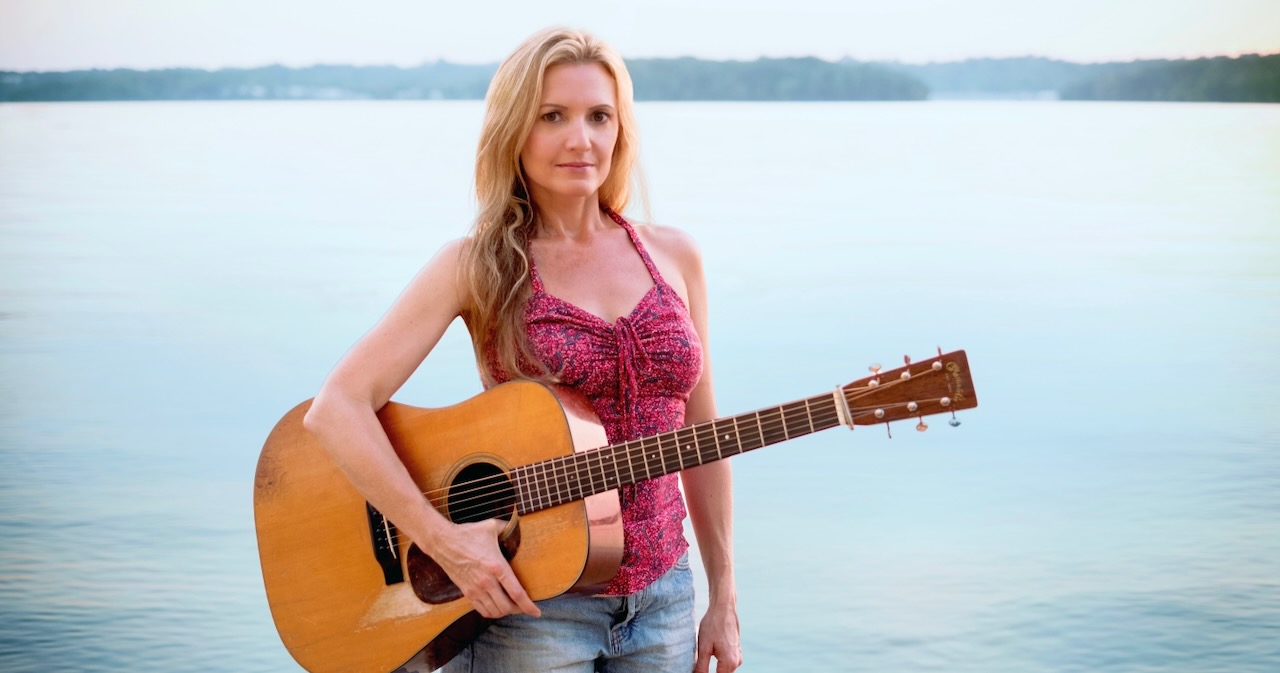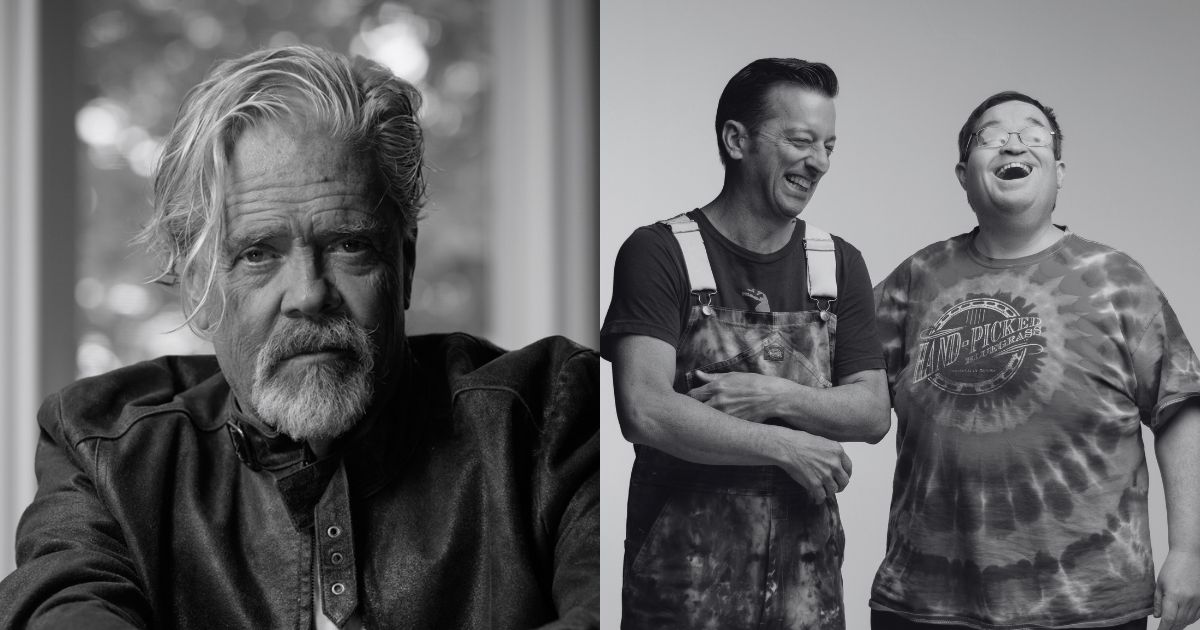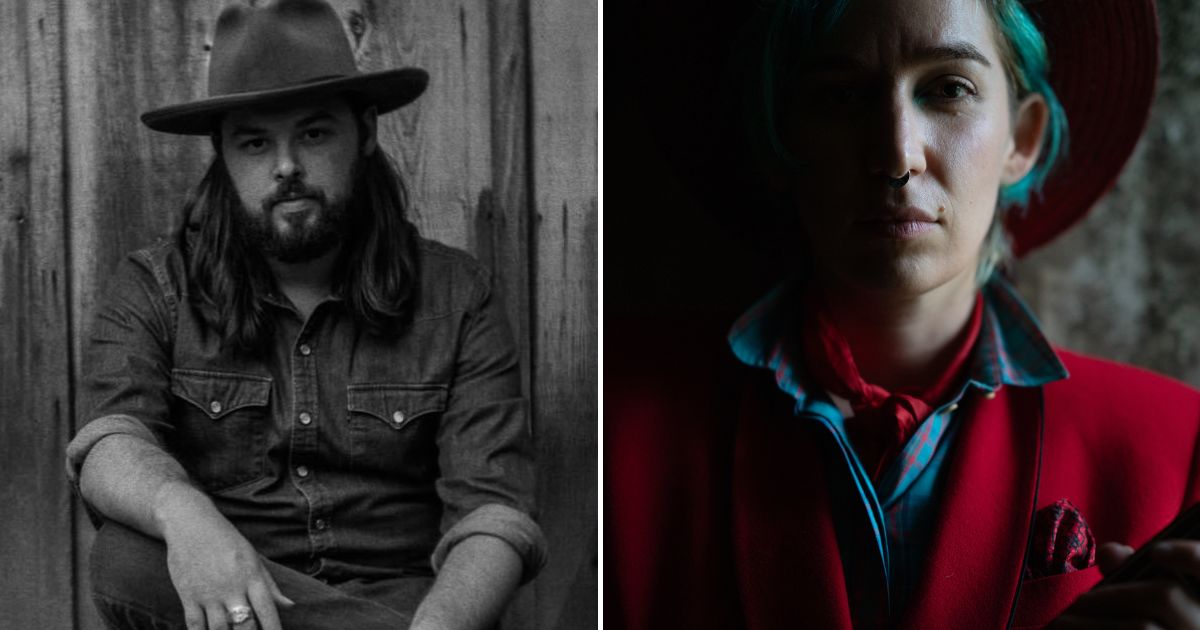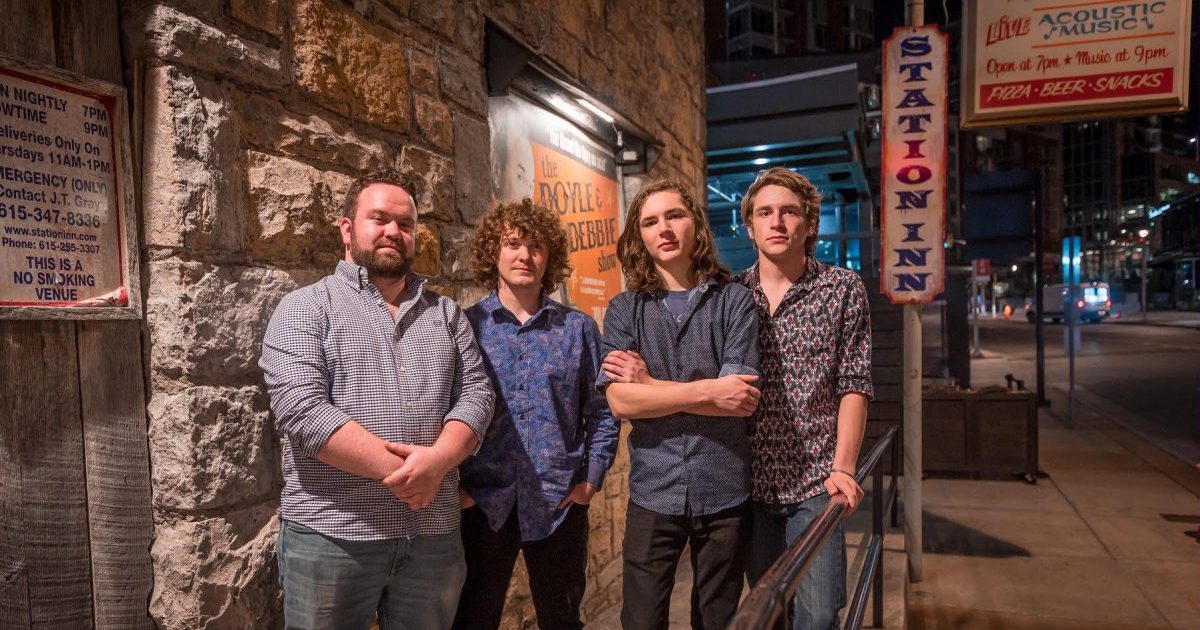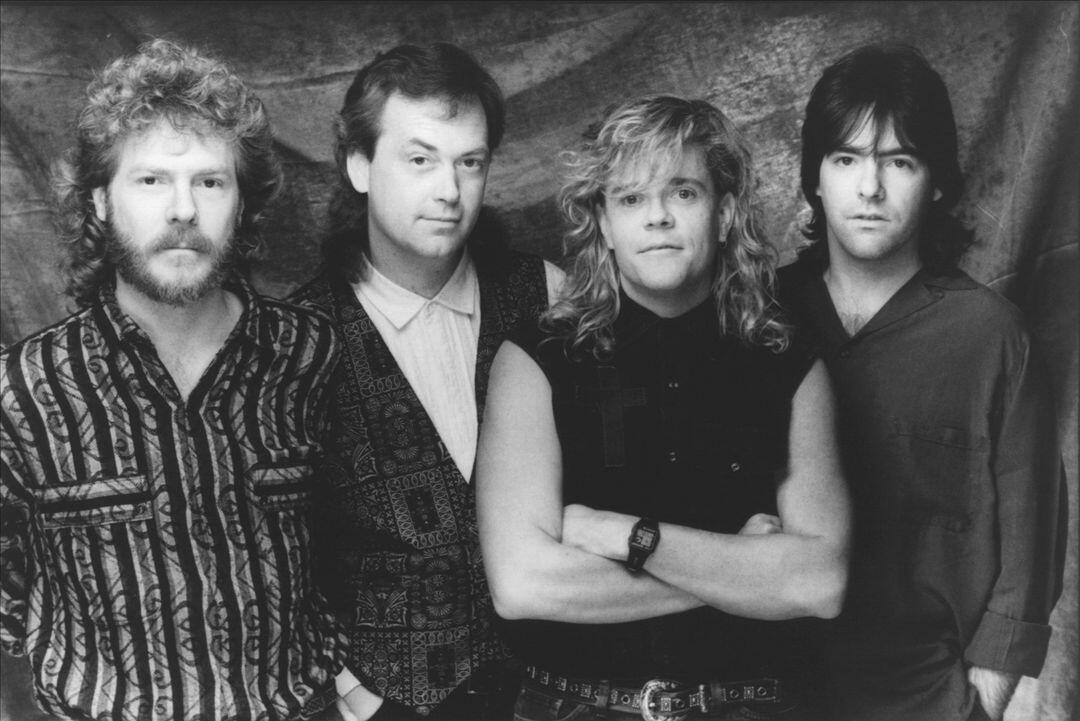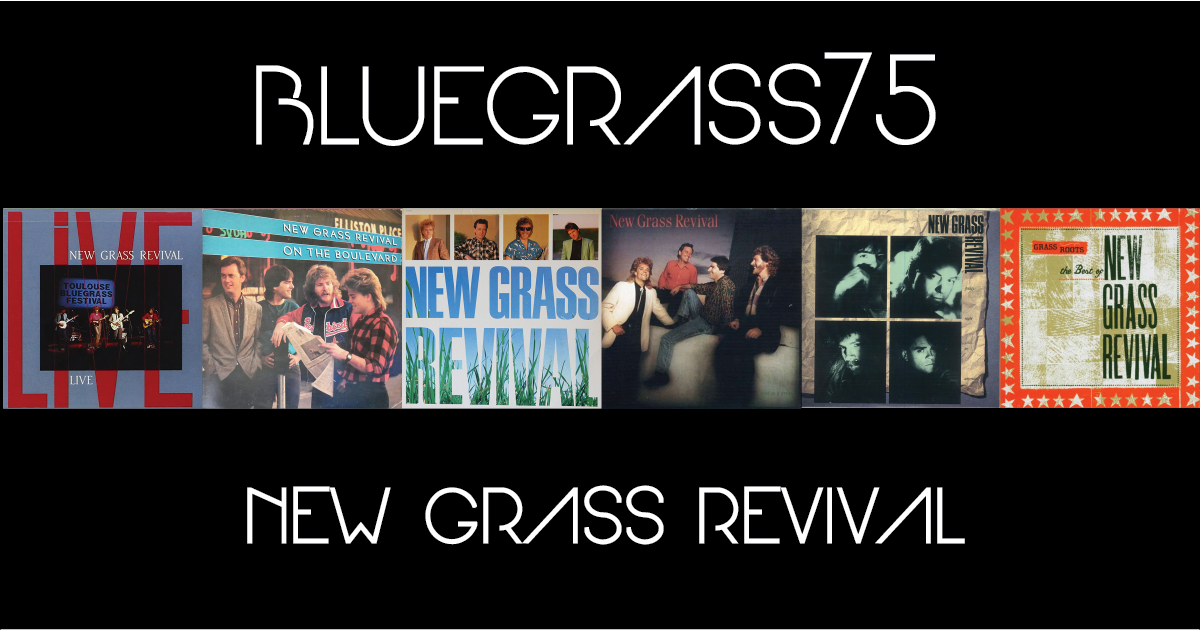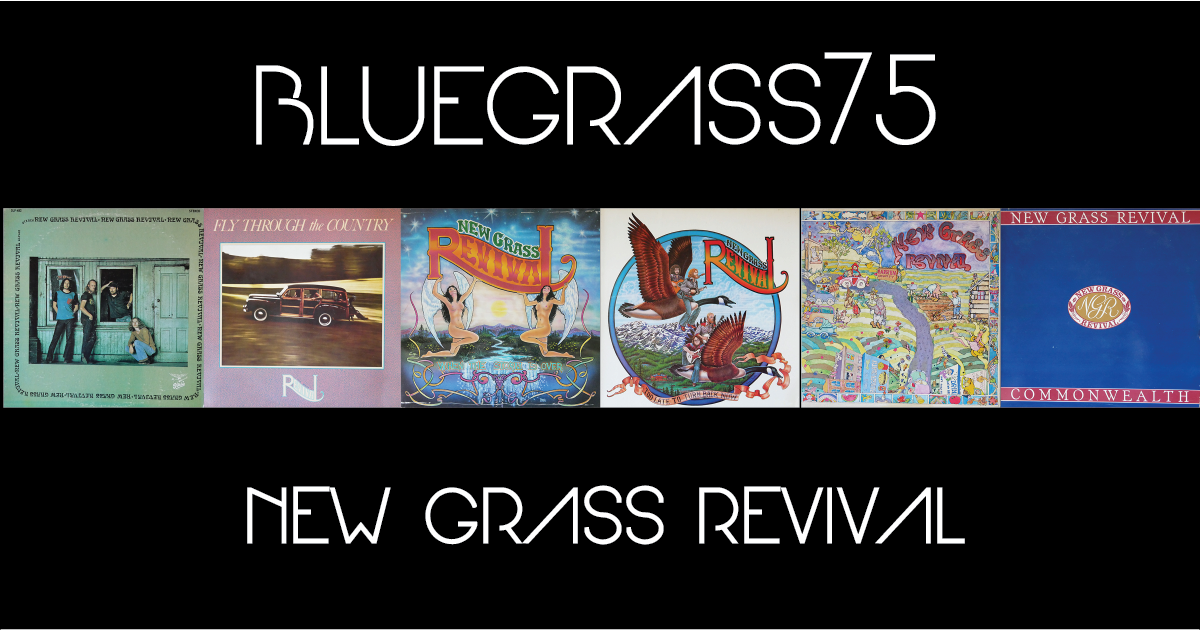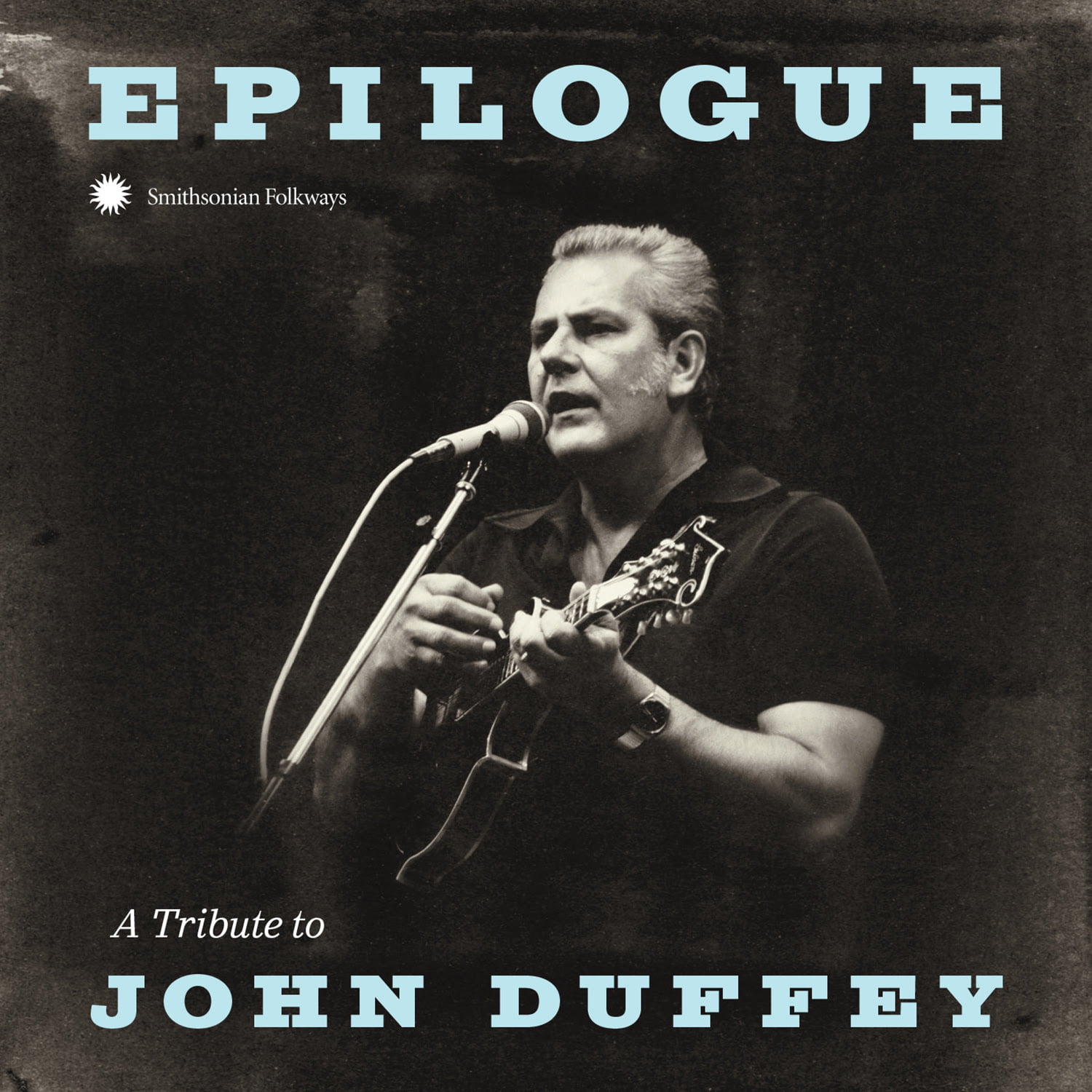Are you ready for some excellent new music? This week, You Gotta Hear This includes a heaping handful of stellar new tracks and a new music video, too.
Husband-and-wife duo Oh Jeremiah share an intimate performance video for “Rust,” a song about aging, maturing, and the rapid clip of time that features French horn by Corin Dubie. In a similar sonic space, the Couldn’t Be Happiers’ “Brown Mountain Lights” is a co-written eerie original about the mysterious lights that linger around Brown Mountain in North Carolina. You’ll also find a new track from singer-songwriter Olive Klug. “Train of Thought” is folky, bluegrassy, old-timey, and more, and is Klug’s favorite song from their upcoming album, Lost Dog. (You’ll quickly find out why, when you listen.)
Mandolinist Ashby Frank has a new single, “The Bug,” a traditional-meets-jammy rendition of a Mark Knopfler song that, like Frank, you may recognize from Mary Chapin Carpenter’s discography. It’s hilarious, rollicking, and so much fun. Frank’s longtime friend and brand new labelmate Vickie Vaughn unveils her debut single with Mountain Home Music, “Leavin’,” her rendition of a Bruce Robison song with a stacked roster of musicians and singers.
We have a couple legendary bluegrass lineups represented herein, as well! The SteelDrivers, purveyors of “uneasy listening” and bluesy bluegrass for decades now, announce their brand new album, Outrun – their first with Sun Records – by sharing the title track for the upcoming project, a Tammy Rogers and Leslie Satcher co-write. And the cherry on top of it all is the HercuLeons (that is, the duo of veteran multi-hyphenate roots musicians John Cowan and Andrea Zonn) giving us a sneak peak at their new album, John Cowan & Andrea Zonn Are The HercuLeons, with a rare full album stream on their momentous release day.
It’s all below, so get scrolling and enjoy listening. You Gotta Hear This!
Couldn’t Be Happiers, “Brown Mountain Lights”
Artist: Couldn’t Be Happiers
Hometown: Currently Winston-Salem, North Carolina
Song: “Brown Mountain Lights”
Album: Couple(t)s
Release Date: March 20, 2025 (single); June 13, 2025 (album)
In Their Words: “So many different explanations exist for the faint flickering lights that sometimes appear floating around the atmosphere of Brown Mountain in North Carolina. One theory is that the lights are lanterns from the ghosts of miners who died in their quest for gold and jewels in those hills. Maybe so, but we think the heart of every good ghost story, usually, is a love story.” – Couldn’t Be Happiers
Track Credits:
Jordan Crosby Lee – Vocals, acoustic guitars
Jodi Hildebran – Vocals
Doug Davis – Mandolin, high-strung acoustic guitar, melodica, Omnichord, Hammond organ, bass, percussion
Ashby Frank, “The Bug”
Artist: Ashby Frank
Hometown: Nashville, Tennessee
Song: “The Bug”
Release Date: March 21, 2025
Label: Mountain Home Music Company
In Their Words: “I grew up listening to the great country music of the ’90s and first heard this song when it was recorded by one of my favorite singer-songwriters, the great Mary Chapin Carpenter. I wasn’t aware that it was a cover until several years later when I heard the original recording by Dire Straits and discovered that it was written by Mark Knopfler. That band had such a deep groove on that original cut that I really got into and I immediately started thinking about how a bluegrass arrangement might work. I brought the song up in the studio when we started recording my new album and we bounced it around until we came up with a groovy traditional-meets-jam band version that I’m super proud of. Seth Taylor (guitar) and Matt Menefee (banjo) added some wicked solos and my friend and labelmate Jaelee Roberts added some killer harmonies. I even threw in a couple of yodels, which is a career first for me. I can’t wait for everyone to hear it!” – Ashby Frank
Track Credits:
Ashby Frank – Mandolin, vocals
Seth Taylor – Acoustic guitar
Travis Anderson – Bass
Matt Menefee – Banjo
Tony Creasman – Drums
Jaelee Roberts – Harmony vocals
The HercuLeons, John Cowan & Andrea Zonn Are The HercuLeons
Artist: The HercuLeons
Hometown: Nashville, Tennessee
Album: John Cowan & Andrea Zonn Are The HercuLeons
Release Date: March 21, 2025
Label: True Lonesome
In Their Words: “For me, the making of this record was not about career, revenue streams, or anything else. I had been singing with, around, and listening to Andrea Zonn for 20 years. Like most of us, we were stranded during the pandemic. This record was truly born out of our combined desire to once and for all record our voices singing together.” – John Cowan
“Like John, I was only too happy to make an entire record with one of my favorite singers, musicians, and humans. With the help of our dear friend [producer] Wendy Waldman, we began exploring ideas, crafting a sound, and pursuing a collection of songs that spoke to our creative and spiritual centers. We’re so thrilled to be sending out into the world, at long last.” – Andrea Zonn
Olive Klug, “Train of Thought”
Artist: Olive Klug
Hometown: Portland, Oregon
Song: “Train of Thought”
Album: Lost Dog
Release Date: April 25, 2025
Label: Signature Sounds
In Their Words: “This is actually my favorite song on the album. Written in Sisters, Oregon, during a songwriting workshop that I led about writing a song inspired by the style of your favorite artist, ‘Train of Thought’ is my take on Paul Simon’s wordy magical chaos. Breaking out of my usual literal storytelling lyrical style and breaking into the world of abstract metaphors, I let the listener into what it’s like to be neurodivergent and how I’ve recently embraced this internal chaos instead of trying so hard to control and repress it.
“With lyrics like ‘and they try to button up my suit and tie in an attempt to hold me back but I’m this strange old conductor wearing pearls and a backwards baseball cap,’ I highlight how my nontraditional gender presentation is intrinsically linked to this neurodivergence and desire to resist societal pressures.” – Olive Klug
Oh Jeremiah, “Rust”
Artist: Oh Jeremiah
Hometown: Nashville, Tennessee
Song: “Rust”
Album: Jones County Ghosts
Release Date: March 21, 2025 (single); June 13, 2025 (album)
Label: Baldwin County Public Records
In Their Words: “I don’t know how it happens, one day you’re a kid getting your first kiss in sixth grade on the peewee football field and the next you’re in your mid-thirties. When Erin and I sat down to write ‘Rust,’ we wanted to capture the feeling of time running in a full sprint. Your only hope, it feels like, is to hang on to those things that keep you feeling young at heart. ” – Jeremiah Stricklin
“Most people think, because we’re married, that we write all the songs together, but this is actually the first co-write we’ve ever done.” – Erin Stricklin
The SteelDrivers, “Outrun”
Artist: The SteelDrivers
Hometown: Nashville, Tennessee
Song: “Outrun”
Album: Outrun
Release Date: March 21, 2025 (single); May 23, 2025 (album)
Label: Sun Records
In Their Words: “Leslie Satcher is a longtime SteelDriver co-writer with me. I happened to run into her the weekend before we were scheduled to go into the studio and told her we didn’t have any Leslie songs on the upcoming record. She made the time to get together and ‘Outrun’ was written in about an hour and a half! It was the last song we recorded. It is another song that really showcases that ‘SteelDriver Sound.'” – Tammy Rogers
Vickie Vaughn, “Leavin'”
Artist: Vickie Vaughn
Hometown: Nashville, Tennessee
Song: “Leavin'”
Release Date: March 21, 2025
Label: Mountain Home Music Company
In Their Words: “‘Leavin” is a song that Kimber Ludiker showed me when she was playing fiddle with its writer, Bruce Robison. I immediately fell in love with the stream of consciousness style of writing and the emotion present in the song. I’m a pretty emotional gal myself, so singing this and getting to record it felt cathartic. It is definitely a heartstring tugger.” – Vickie Vaughn
Track Credits:
Vickie Vaughn – Upright Bass, lead vocal
Colby Kilby – Guitar
Casey Campbell – Mandolin
Wes Corbett – Banjo
Dave Racine – Drums
Deanie Richardson – Fiddle
Lillie Mae Rische – Harmony vocal
Frank Rische – Harmony vocal
Photo Credit: The HercuLeons courtesy of the artist; the SteelDrivers by Glenn Rose.
